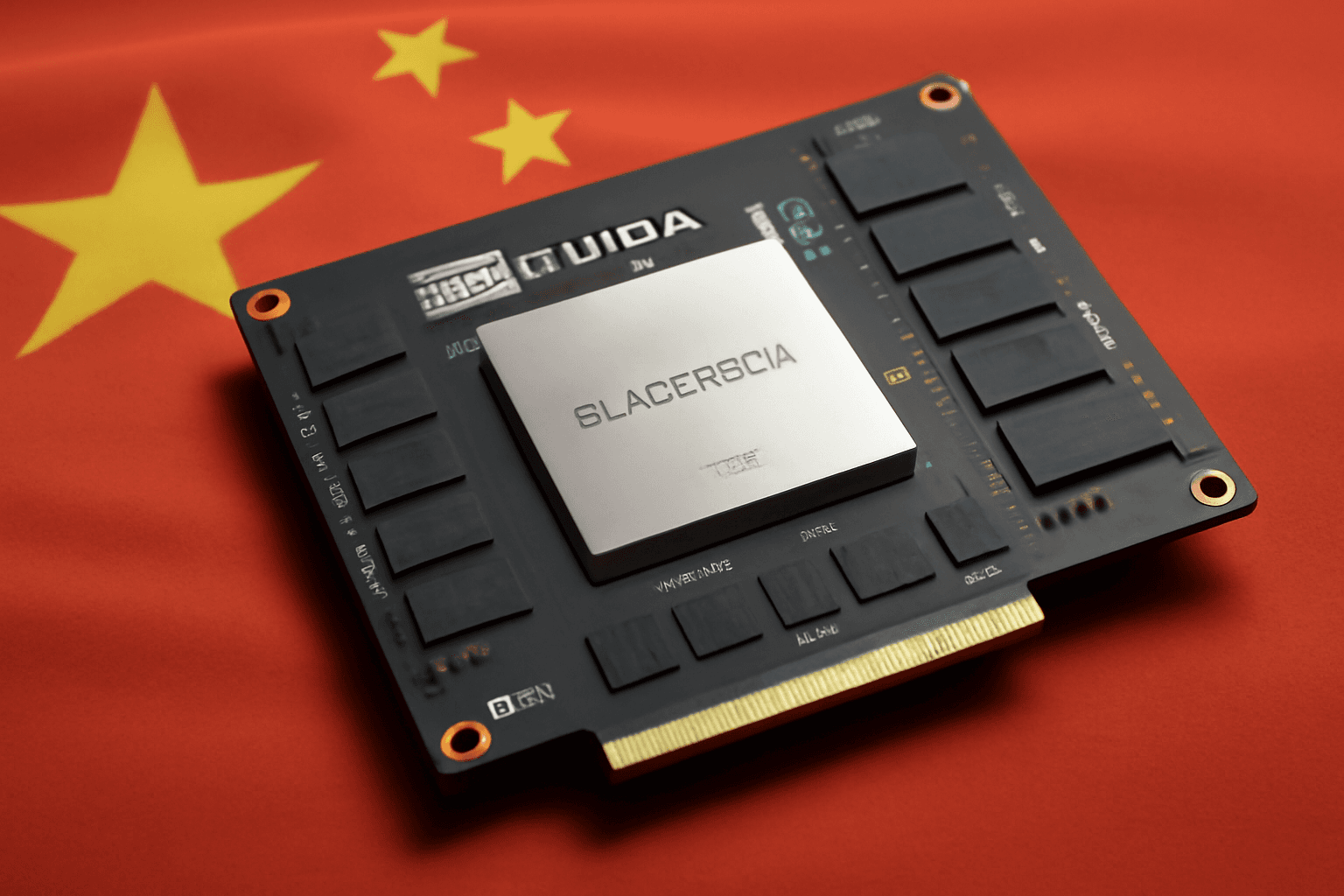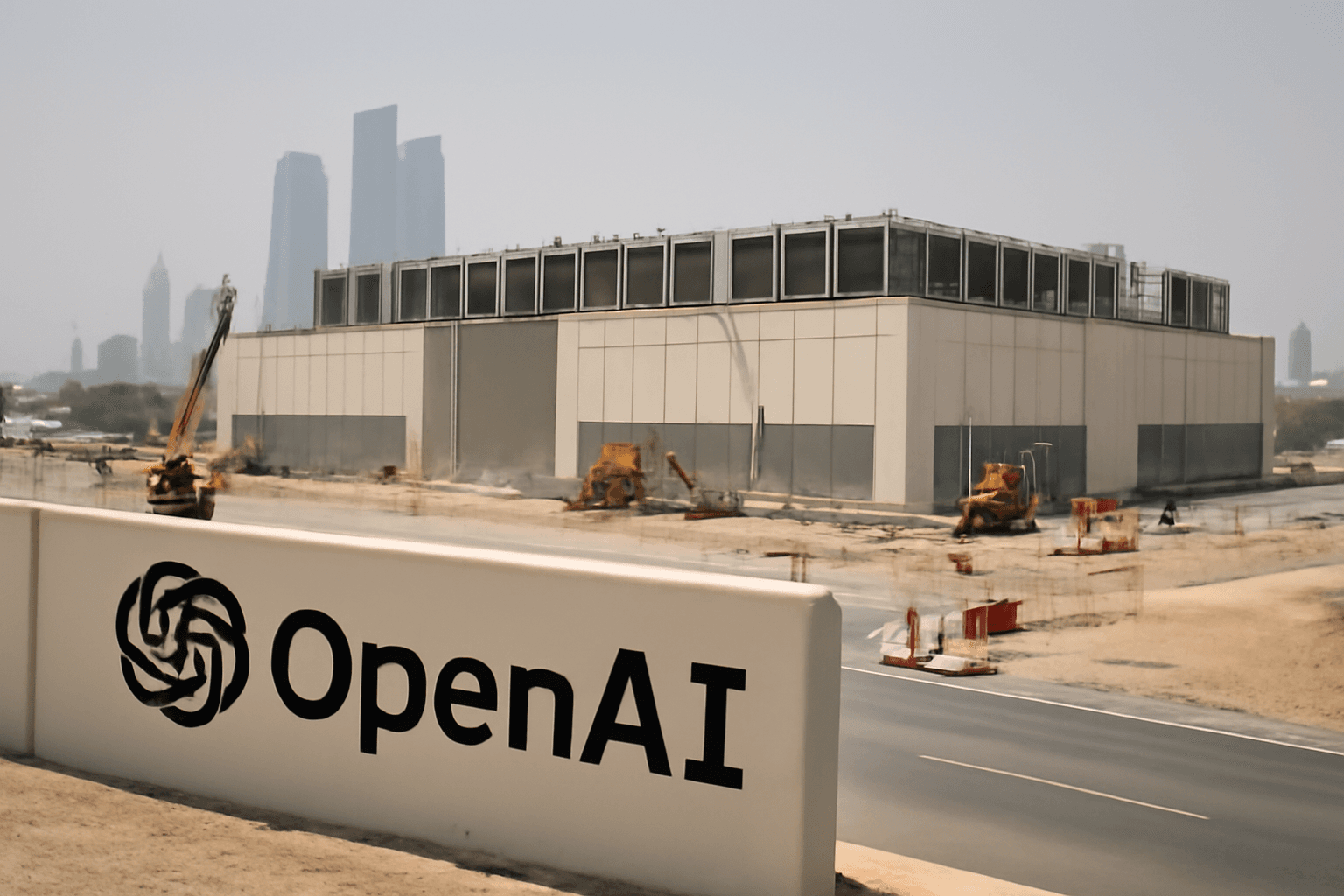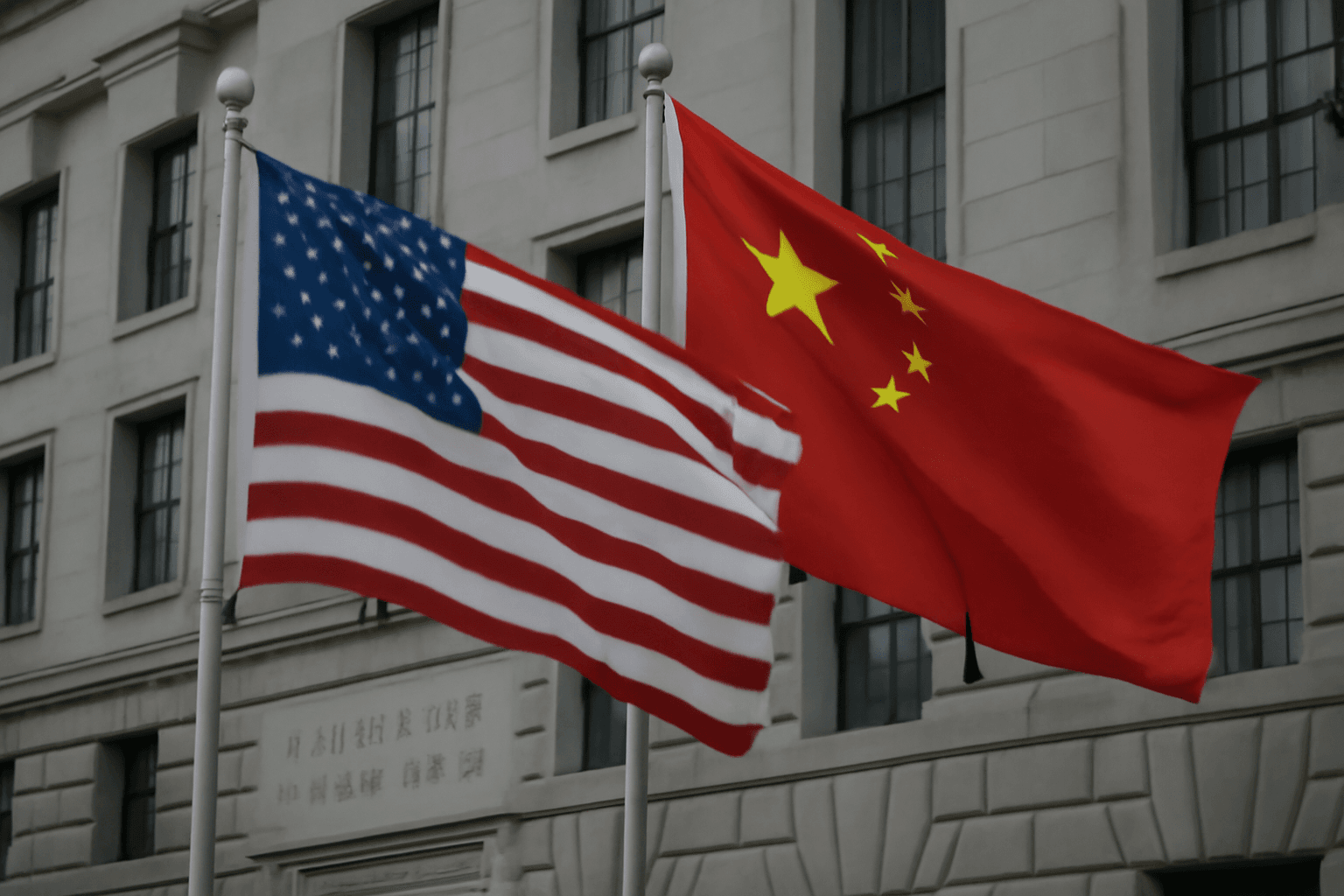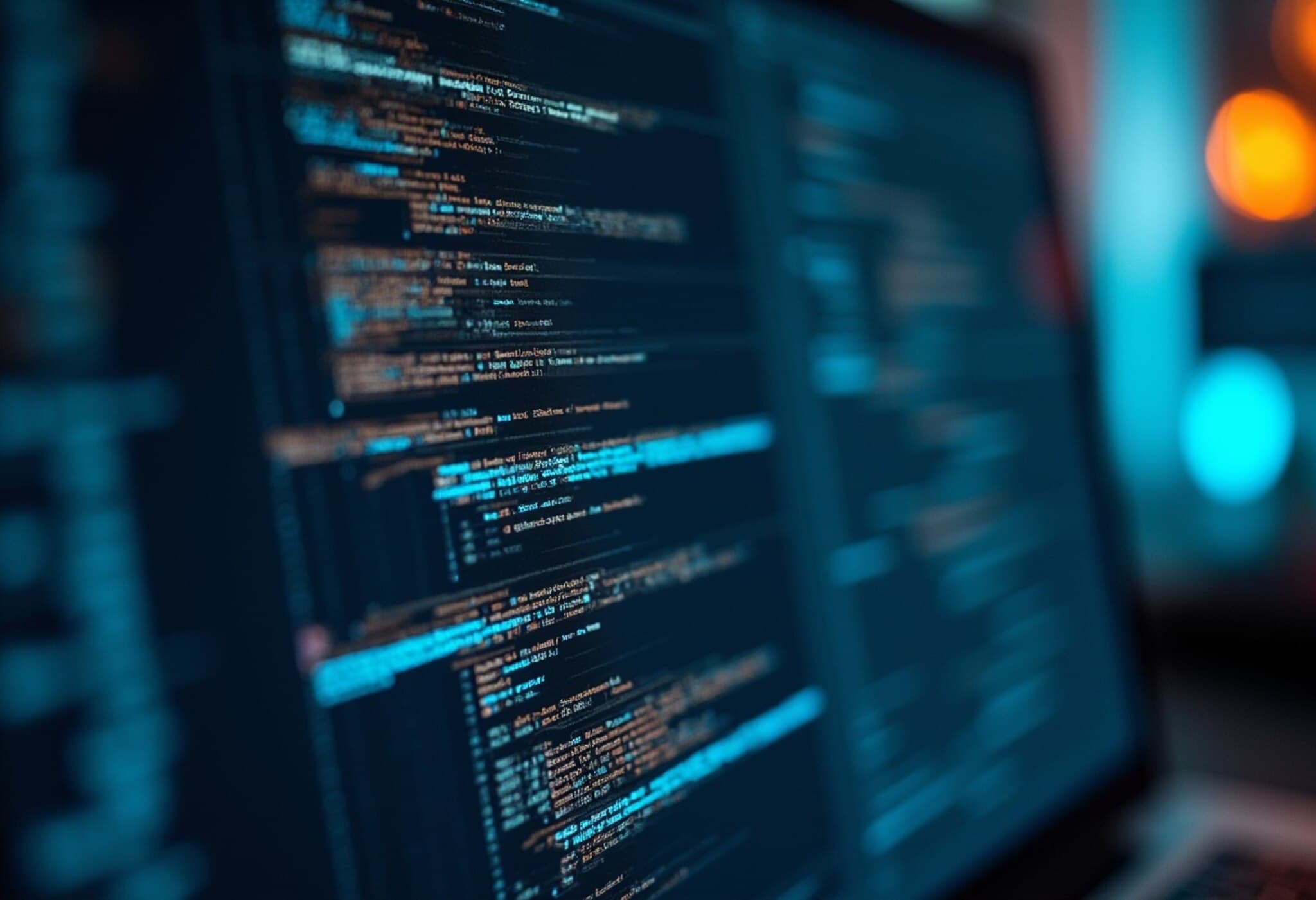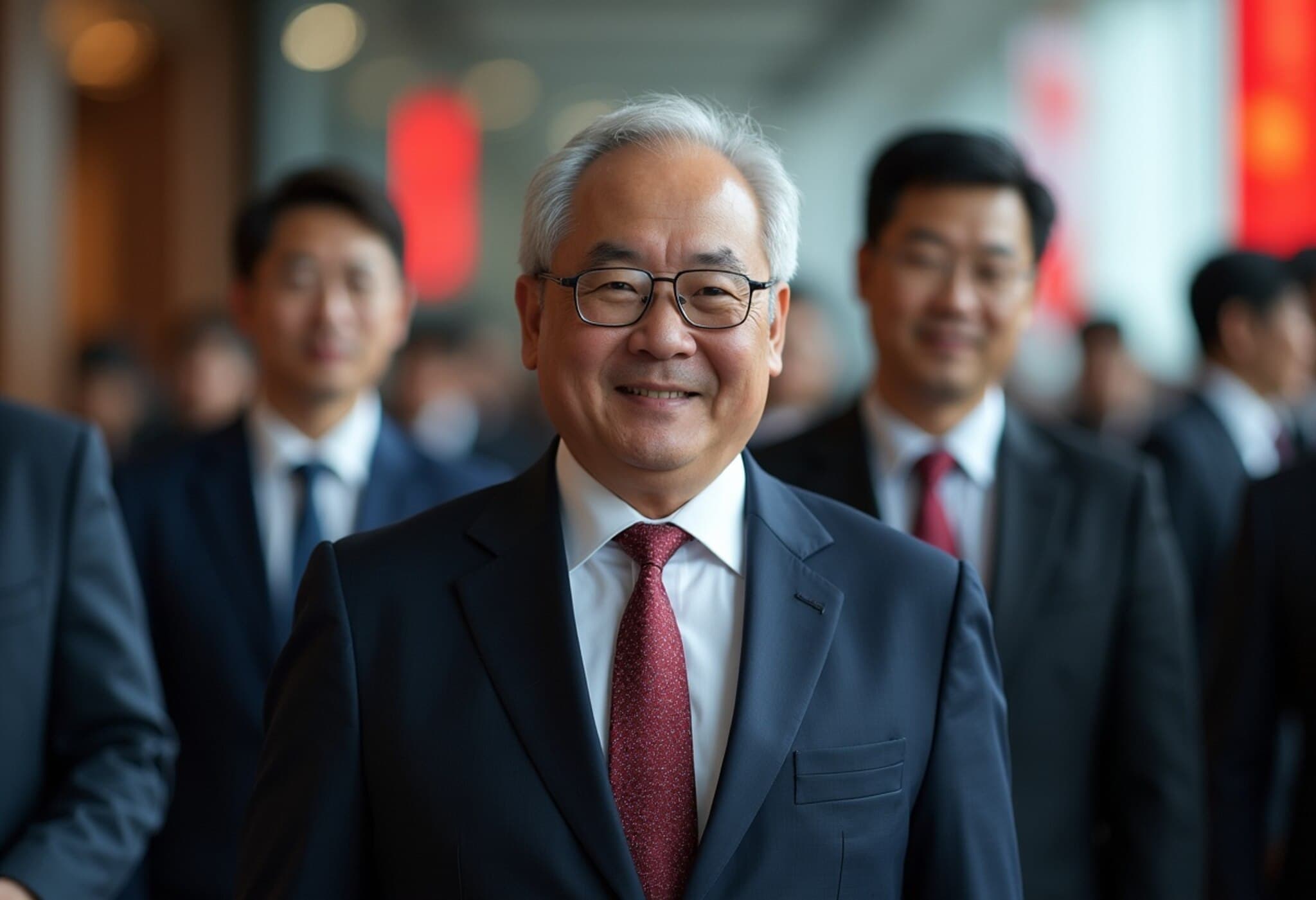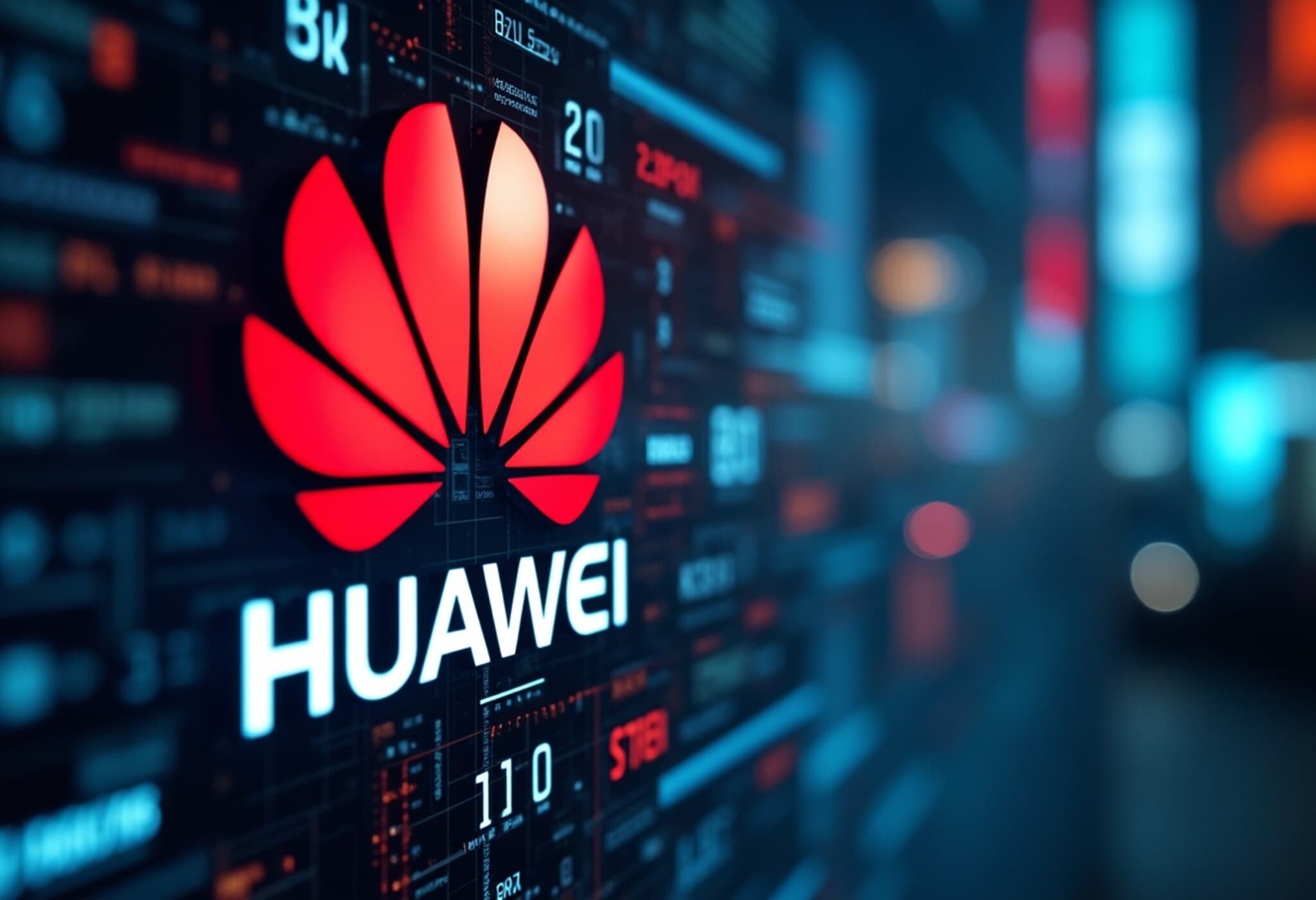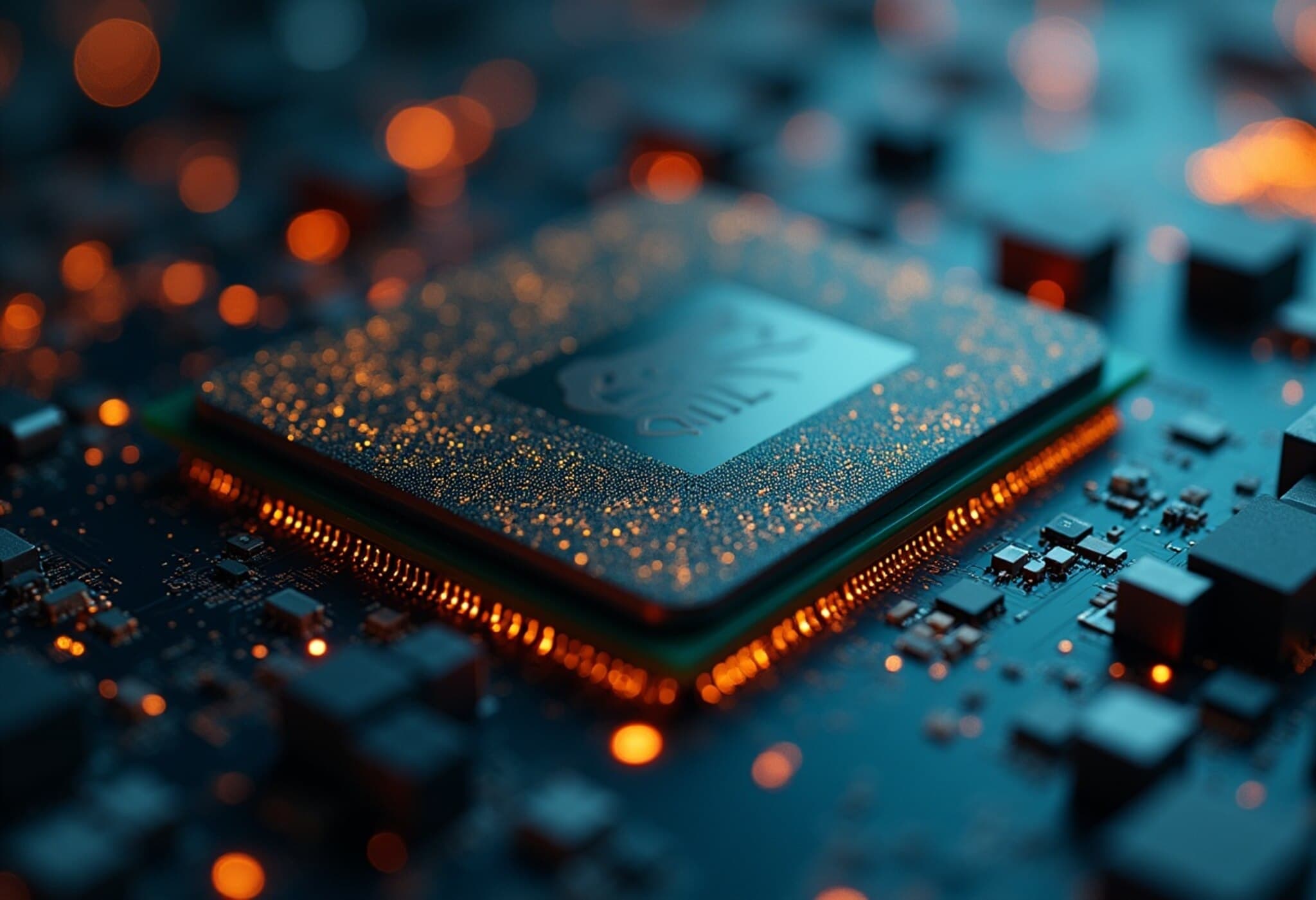Moonshot’s Kimi K2: A New Contender in the AI Coding Arena
In a bold move that could reshape the competitive landscape of artificial intelligence, Alibaba-backed startup Moonshot has released Kimi K2, an open-source large language model (LLM) aimed at challenging the dominance of OpenAI’s ChatGPT and Anthropic’s Claude — particularly in the coding domain.
Surpassing Industry Benchmarks with Cost Efficiency
Announced late Friday, Kimi K2 claims to outperform Claude Opus 4 on multiple coding benchmarks and deliver results that eclipse those of OpenAI’s coding-specialized GPT-4.1 model on various industry metrics. This is a significant feat, considering the growing demand for AI tools capable of writing, debugging, and optimizing code — tasks increasingly vital to businesses seeking scalable automation solutions.
Wei Sun, principal analyst at Counterpoint, remarks, "Kimi K2 is a globally competitive model, and being open source makes it especially significant." Moreover, Kimi K2 offers much lower operational costs, charging just 15 cents per million input tokens and $2.50 per million output tokens, compared to Claude’s $15 and $75 respective rates. Even OpenAI’s pricing at $2 and $8 per million input/output tokens pales in comparison, making Kimi K2's affordability a potential game-changer for developers and enterprises working within strict budgets.
Open Source with Few Strings Attached
Unlike most AI giants that guard their models closely, Moonshot’s approach encourages broad usage by making Kimi K2 open source. Developers can integrate and use the model freely, provided that commercial applications with over 100 million monthly active users or monthly revenues exceeding $20 million credit "Kimi K2" on their user interfaces. This transparent licensing model fosters innovation while maintaining brand recognition.
The Timing: OpenAI’s Open Source Delay Amidst Safety Concerns
Coinciding with Moonshot’s launch, OpenAI’s CEO Sam Altman announced an indefinite postponement of OpenAI’s first open-source model rollout, citing unresolved safety challenges. This development could give Moonshot a rare window to gain traction in the highly competitive global AI market, particularly among developers eager to experiment with accessible, cost-effective LLMs.
Coding AI: The Frontier of Business Automation
The rise of AI models specialized for coding marks a strategic shift in AI applications, with companies eyeing automation to complement or replace human developers in routine tasks. Kimi K2’s proficiency in this area has been lauded by early adopters. Pietro Schirano, CEO of a design-focused AI startup, noted on social media that Kimi is the first model he’s confident deploying in production since Claude 3.5 Sonnet, highlighting its practical reliability despite ongoing challenges like hallucinations—where AI fabricates information.
Contextualizing Moonshot in China’s AI Ecosystem
Moonshot’s Kimi lineup is part of a broader surge in Chinese AI innovation. With ChatGPT officially barred in Mainland China, domestic alternatives like ByteDance’s and Tencent’s chatbots, plus Baidu’s ambitious Ernie, have quickly emerged. Moonshot’s open-source angle distinguishes it in this crowded field, appealing to developers and enterprises prioritizing flexibility and transparency.
Nevertheless, Chinese AI startups face hurdles in scaling breakthroughs beyond lab success, as evidenced by limited major upgrades from companies like DeepSeek and newcomers Manus AI, despite investor interest.
Beyond Coding: Kimi Research Model and Autonomous Reasoning
Moonshot recently introduced Kimi Researcher, an AI model designed for agentic autonomy—capable of making multiple simultaneous decisions when executing complex tasks. It reportedly scored comparably to Google’s Gemini Deep Research on advanced benchmarks. Winston Ma, NYU Law adjunct professor and author focusing on China's tech influence, described this as a "paradigm shift" in AI capabilities, marking a move from generating fluent responses to truly expert-level autonomous reasoning.
Looking Ahead: What This Means for the U.S. AI Landscape
While Moonshot’s achievement signals growing competition, OpenAI’s ongoing work on GPT-5 may explain delays in rolling out open-source projects. Analysts suggest balancing innovation with safety and proprietary advantage remains a tricky tightrope. The global AI race, with China’s rapidly evolving models and the U.S.’s established platforms, underscores the increasing geopolitical and economic stakes underpinning AI development.
Editor’s Note
Moonshot’s launch of Kimi K2 shines a spotlight on the growing importance of affordable, open-source AI models in democratizing technology access. Its competitive edge in coding, combined with transparent licensing, challenges entrenched market players and could accelerate enterprise AI adoption worldwide. Yet questions linger about how emerging AI models will navigate safety, trustworthiness, and real-world reliability — particularly as businesses grow dependent on increasingly autonomous systems. As the AI arms race intensifies between China and the U.S., the coming months will be critical to watch for breakthroughs, regulatory responses, and shifting power dynamics.




